- Why rewild your garden?
- 11 Ways to Rewild Your Garden
- 1. Observe What Is Already There
- 2. Stop Using Fertilizers and Pesticides
- 3. Rewild Your Lawn
- 4. Choose the Right Plants
- Select the Best Seeds
- Choose Insect-Friendly Plants
- Native vs Non-Native Plants
- 5. Create Layers
- 6. Build Woodpiles
- 7. Create a Compost
- 8. Set up Wildlife Corridors
- 9. Install Feeders and Nest Boxes
- 10. Build a Pond
- 11. Reduce, Reuse, Recycle
- Conclusion
- Why not buy a box of wildflowers to get you started
- Glossary of terms
The rewilding movement can often feel beyond our reach. It’s usually associated with vast landscapes of remote wilderness and large carnivores. While this is often the case, we can apply rewilding principles to our own lives. By rewilding your garden, balcony, or window boxes, you can help native plants and animals, no matter how small the area.
Here, we’ve put together a comprehensive list of things you can do to help your outdoor space get a little wilder.
Why rewild your garden?
Firstly, what is rewilding? It is the act of restoring an area of land to its natural uncultivated state then letting nature take over. This can be reintroducing wild animals, planting native plants and trees, or helping natural processes to occur freely, such as removing fencing to create corridors for wildlife. All have the intention of repairing damaged ecosystems, large or small.
There are many inspiring examples of large-scale rewilding out there: Knepp Estate in Sussex, Monks Wood Wilderness Experiment, and Faia Brava in Portugal. However, rewilding isn't reserved for big organisations and landscapes.
The good news is that we can do our bit without owning a huge property or becoming an activist. We can start rewilding on a small scale with as little as a windowsill, balcony, or front yard.
Regardless of the size of your plot or how much you set aside for rewilding, there are benefits for insects, birds and other animals, native plants, your soil, and your wellbeing.
If we observe forests, fields, or other wild places, we can see that nature is doing a pretty good job fighting off pests, sharing water and fertilizing her soil without our help, creating havens for wildlife to thrive in along the way.
Read on where we'll explain the specific benefits of rewilding your garden and how to evolve it into a pleasant, nature-friendly area bustling with life.
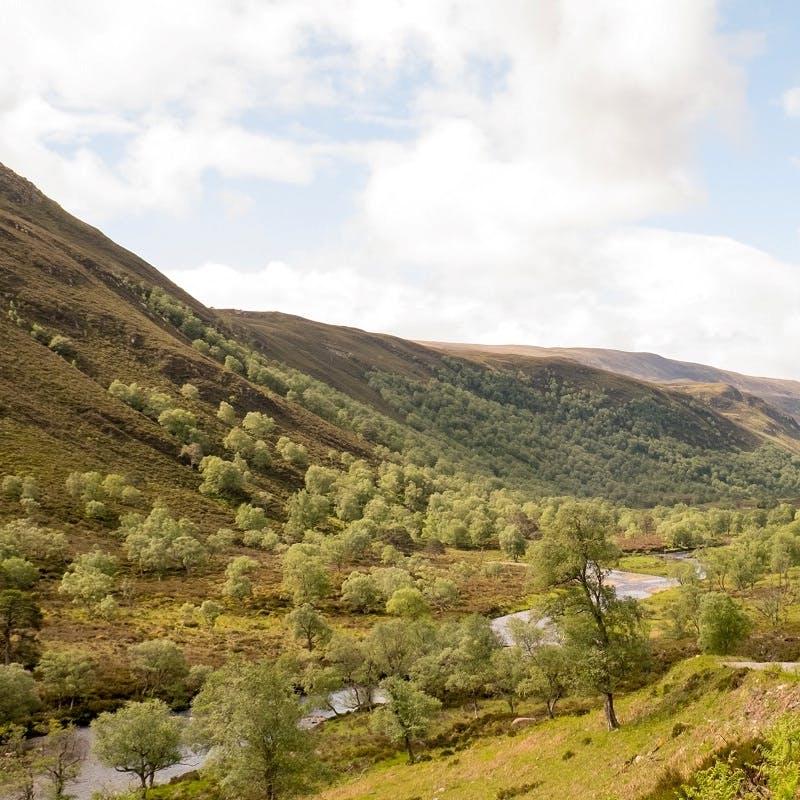
11 Ways to Rewild Your Garden
- Observe what is already there
- Stop using fertilizers or pesticides
- Rewild your lawn
- Choose the right plants
- Which seeds are right for your rewilding project?
- Native or non-native plants?
- Plant insect-friendly plants - Create layers
- Build woodpiles
- Create a compost
- Set up wildlife corridors
- Install feeders and nest boxes
- Build a pond
- Reduce, reuse, recycle
Now let's dig deeper into each of these rewilding your garden ideas.
1. Observe What Is Already There
When you start the rewilding process, it is always important to first observe and take count of the area that's available to you. Here are some questions you can ask yourself in preparation for going wild:
- What is already growing in your garden?
- What are these plants beneficial for?
- Are they native or non-native?
- Do you have any 4-(or more)legged or winged visitors come in regularly?
- Where do they hide, nest, or feed?
- What is your water supply, wind direction, hours of sunlight?
- Are you currently using any pesticides or other substances?
- What are your neighbours doing, and what pets do they have that could affect attracting wildlife?
- How much time do you have available, and how much of it do you want to invest in the rewilding?
Take stock of your surroundings and actions, so that you can plan where and how your rewilding can start.
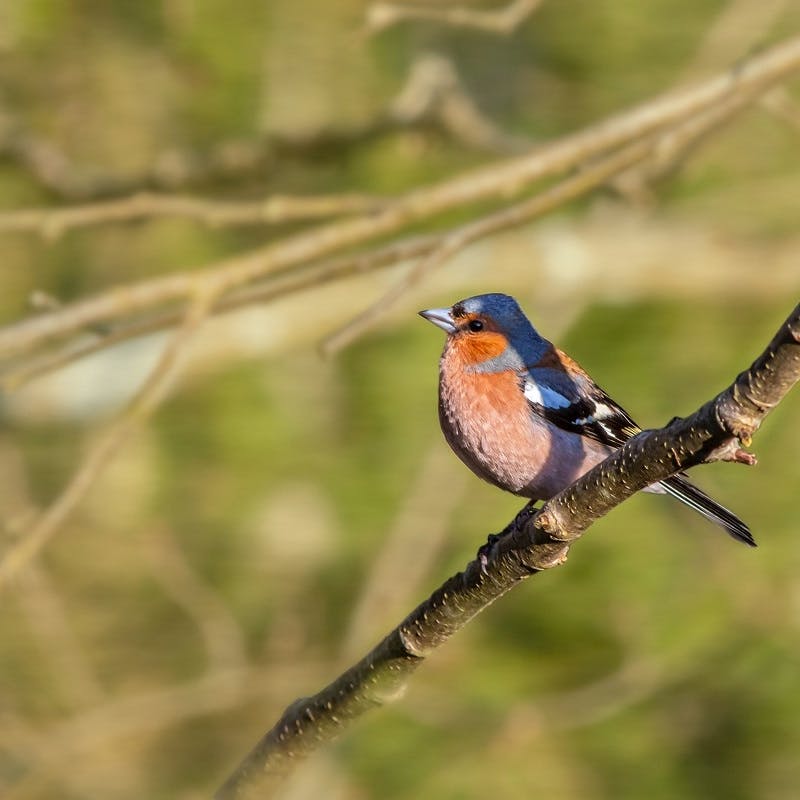
2. Stop Using Fertilizers and Pesticides
Our manicured lawns and gardens can potentially cause more harm than good. The fertilizers and pesticides that we use damage and deplete the soil in the long run and can kill many more species than they intend to.
The package label may specify which weeds they eliminate, but nature may not speak the same language, and we end up harming the billions of fungi, microbes, insects, and species that can be found in each tablespoon of soil.
If the act of rewilding means to restore an area to its natural uncultivated state, then we should stop feeding our soil fertilizers and pesticides. Save the money spent, especially when we are talking about products that come out of a plastic bottle and are chemically produced, generating carbon emissions before even touching the soil.
If you only have some flowers growing on your balcony, why not install a small compost container or worm farm? They both provide excellent sources of organic matter to feed your flowers and are practically free (read below for more info).
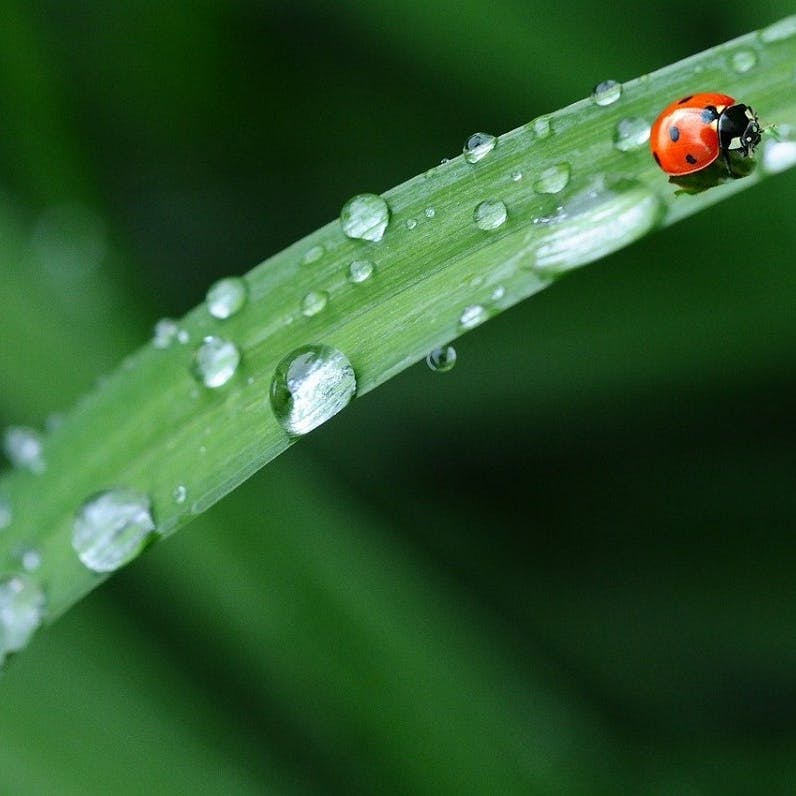
3. Rewild Your Lawn
A lawn with tall grass and wildflowers does not only look beautiful to us, but also to the insects, butterflies, bees, and birds, that live off and in it.
We mow our lawns and build fences, as it creates a ‘neatness’ and feeling of home that is ingrained in our culture. For nature, it offers little benefits; we may go as far as considering the lawn a monoculture that is often fed with fertilizers, uses a lot of water, and does not serve any of the purposes that are important to nature: offering food and creating a habitat for wildlife of any shape and size to seek shelter, nest, or feed.
If you have an area of grass ready to rewild, you can do the following:
- Once you stop feeding your grass with fertilizer, the grass will thin out. Rake it to break up the soil. Sow a variety of seeds and water well.
- Let the grass grow tall to provide shelter for wildlife – you can cut it after all the flowers have gone to seed late summer to enable germination for as many flowers as possible the following year; if you cut it in autumn or spring, you will also create space for flowers for the following year.
- Choose a diversity of plants for year-round flowering and an abundance of food all year round.
- If you have time and decide that the full rewilding approach is the right thing for you, you can simply sit back and let things happen naturally.
- Read more on rewilding your lawn here.
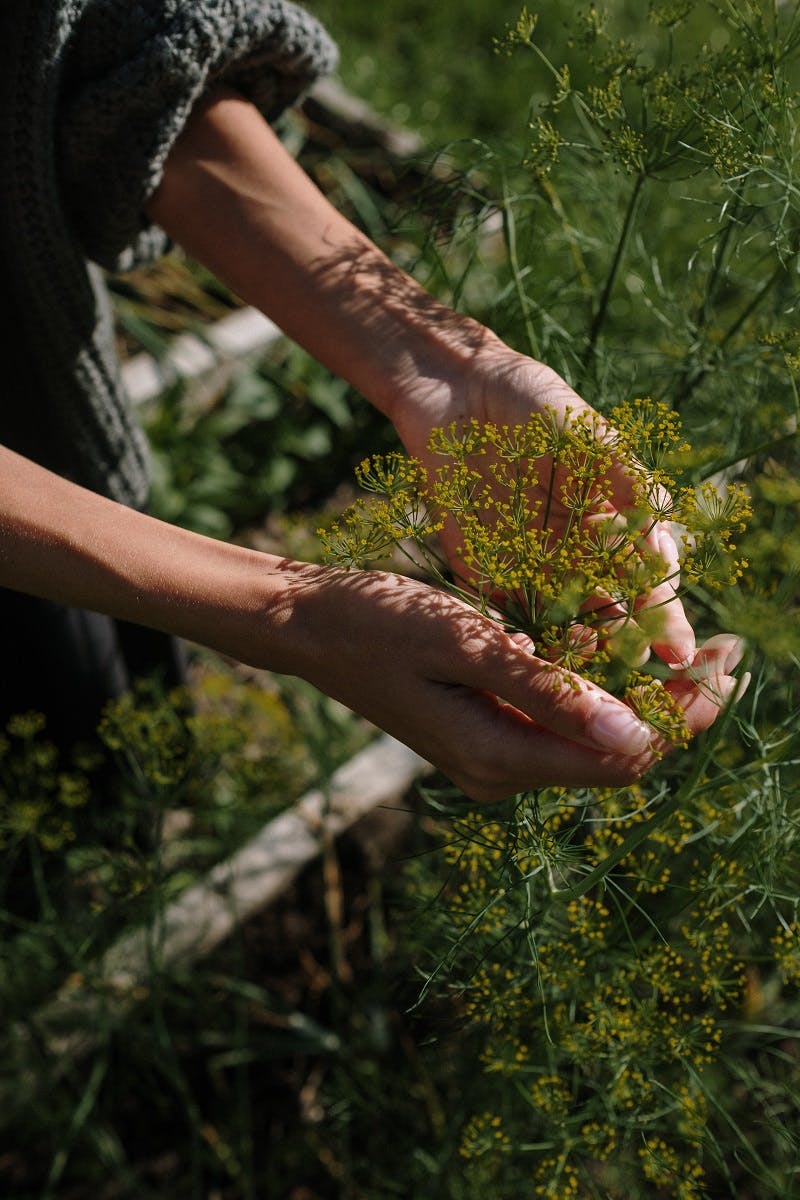
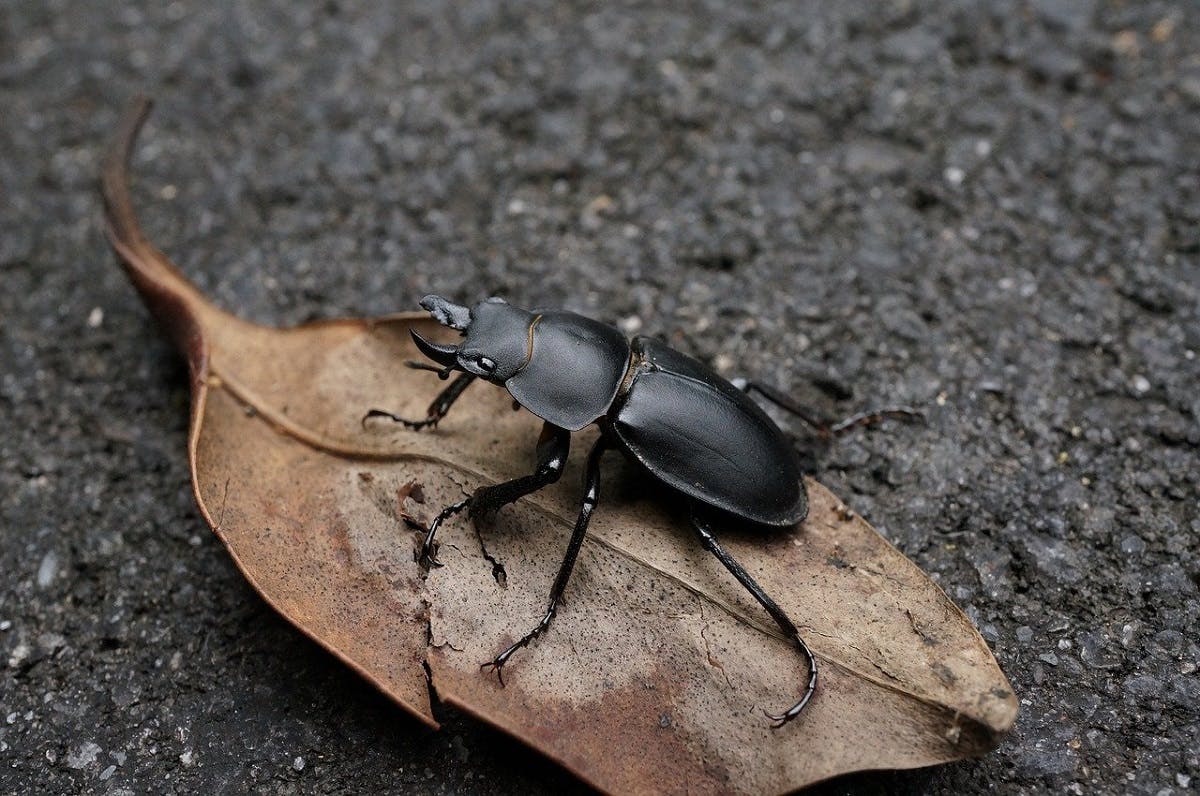
4. Choose the Right Plants
Which plants should be part of your rewilding project?

Take action now
Do you want to have a direct impact on climate change? Sir David Attenborough said the best thing we can do is to rewild the planet. So we run reforestation and rewilding programs across the globe to restore wild ecosystems and capture carbon.
Get involvedSelect the Best Seeds
The full natural rewilding process can include buying your seeds from organic production. This step can be optional and may be less relevant to you if you don't grow your own food. With time and from season to season, the plants will lose the residue from pesticides or fertilizers used, but it is still worth mentioning.
One thing to look out for is whether seeds are ‘heirloom’ and ‘open-pollinated’, as these are most likely to germinate, have not been modified by us, and will therefore offer the best pre-conditions for a balanced ecosystem.
If you propagate your own plants by buying seed packets or taking cuttings, you'll avoid buying unnecessary plastic pots, another wonderful side effect when collaborating with nature that will help the planet.
You can find many organic seedbanks online:
- ‘Sementes Vivas’ produces certified organic seeds native to the Iberian Peninsula (Spain, Portugal, and Morocco),
- Seed Sovereignty reclaims seeds in the UK and Ireland,
- Seedsavers conserve America’s diverse but endangered garden,
Seed Saving is slowly becoming a movement in an attempt to keep our floral heritage alive.
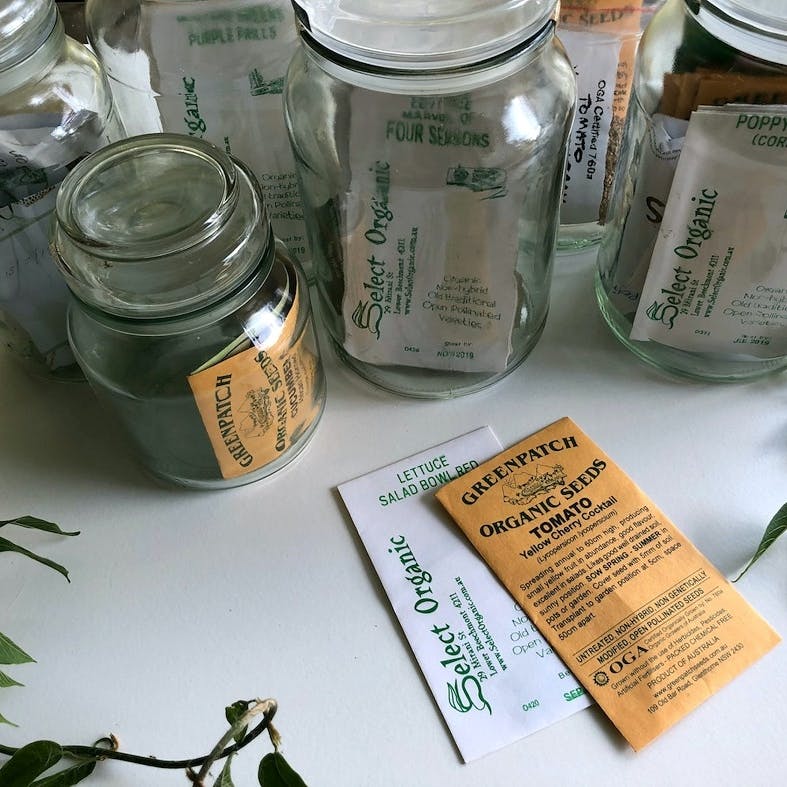
Choose Insect-Friendly Plants
Providing food for pollinators will attract birds and other predators and create a thriving ecosystem in your backyard.
Flowers also help suppress weeds by taking up the space in the soil. Their roots bring up nutrients that can support vegetable plants if you are growing your own food. Another benefit of growing flowers next to your vegetable plants is insects can eat the flowers and leave the veggies for you. In gardening or farming, this is called ‘companion planting’.
The seed packaging will often describe which species are good for bees, butterflies and other native insects, and here are some things you can look out for:
- Scents and shapes affect which little visitors are attracted to the sought-after nectar, especially for night visitors like moths, bats, bees, etc. The side effect of them munching on the flower buffet is so important for pollination, which secures food for us humans!
- The more colours and variety, the easier the plants can be seen by insects – easiest are blues, purples and pinks during the day, and white flowers during the night.
- Make sure to plant native species, as they offer the most nutrients to native wildlife (read more on this below).
- It's ideal to have plants in flower all year round, so you can always ensure enough food for insects.
If you live in a flat, fill a window box with insect friendly plants to attract bees and butterflies.
For outdoor spaces, consider the 'no-dig method' of gardening that relies on natural processes taking place within undisturbed soil. Proponents claim that by avoiding disrupting soil life, beneficial organisms and microbes are able to provide nutrients and moisture to the growing plants.
You can read more on this method in these articles ‘How Permaculture Works and Where to Start’ and No Dig Gardening, Sustainable Gardening With Less Effort.
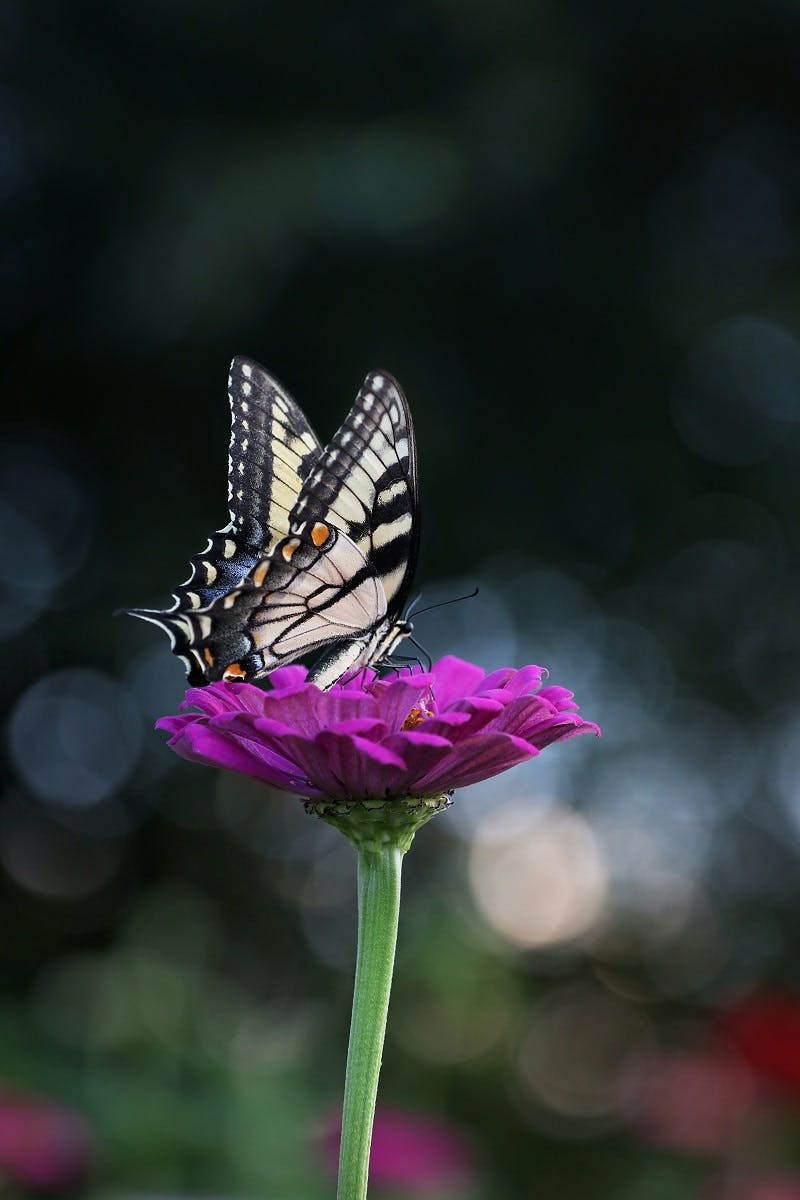
Native vs Non-Native Plants
It is always best to only grow what is native to the area, or at least closely related, i.e from a neighbouring country. Local plants provide the most nutrition and best benefits for local wildlife, and thrive under the soil conditions in companion with other plants and species. In other words, they work well within the ecosystem.
Problems can arise when new specimens are introduced that have no competition and start to become invasive. Plants that tend to grow out of control not only multiply with the help of their seeds, but they also grow a dense and strong network of roots and rhizomes, and grow new shoots above the ground. Examples of this are reeds on the Iberian Peninsula – although useful for different purposes, they can grow without boundaries.
Trees that grow without competition can also become a challenge., simply due to their size both above and below the ground, making it hard for other plants to establish themselves.
If you decide to plant native species, make sure they are of genuine native stock and sourced legally.

Problems can arise when new specimens are introduced that have no competition and start to become invasive.
Mossy Earth
5. Create Layers
By creating layers in your little wilderness, you'll provide an abundance of hiding places, lookouts, varieties of foods for wildlife, as well as organic material. All this gives back to the soil eventually, helping it to rewild at the same time.
Depending on the size of your project, here are the different layers that typically appear in nature:
- Ground layer (ie. the forest floor that inhibits moss, fungi, fallen leaves, etc)
- Understory layer (ie. flowers, grasses, herbs)
- Shrub layer (ie. bushes and shrubs)
- Canopy Layer (ie. trees)
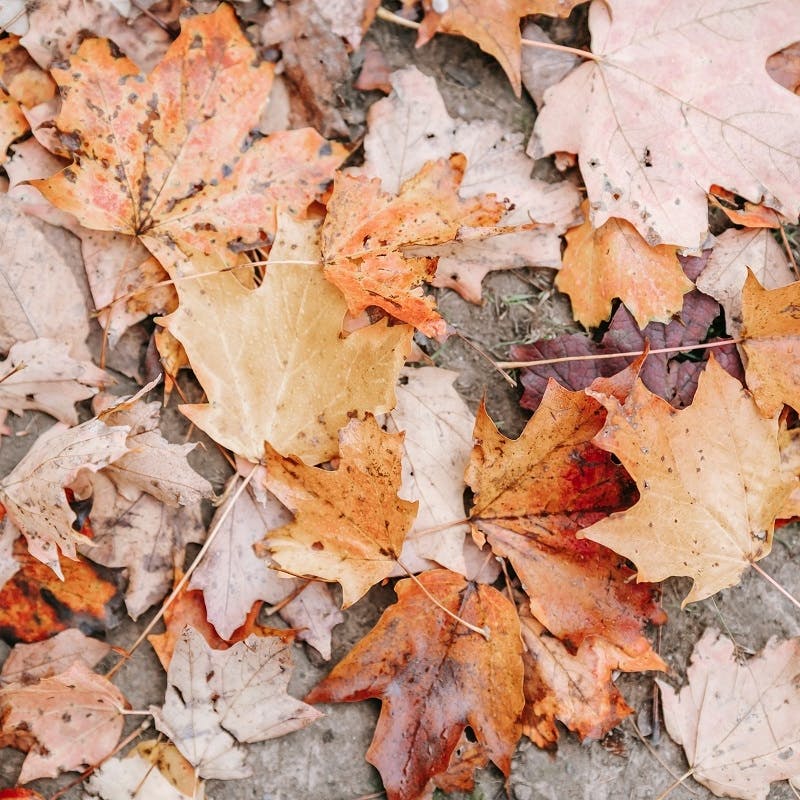
6. Build Woodpiles
Have you ever scraped away the layer of branches, leaves, and moss that usually cover a forest floor? You will most likely uncover dark, rich earth with lots of life creeping around.
Leaving piles of wood and leaves to rot in your outdoor space is the best thing you can do for a multitude of reasons: they offer habitat for little mammals, birds, invertebrates, fungi, and moss. They protect the soil from drying out by being exposed to direct sunlight and therefore help to retain water. When rotting, they provide organic matter and therefore a sustainable source of carbon compost.
Here are some tips with regards to your woodpiles:
- Reconsider burning your woodpiles: They offer excellent habitat to hibernate or nest (especially popular for hedgehogs), and without knowing, your efforts of increasing wildlife in your area could be in vain.
- If you decide to burn your woodpiles, do so after the winter, and check if there are any nests visible.
- Do not burn leaves: Burning excess leaves can not only be damaging to your health due to the toxic compounds that are released during the process, but you will also throw away one of your best mulching companions. Save yourself time and money and leave them where they are, create piles, or collect and spread them over your vegetable patches.
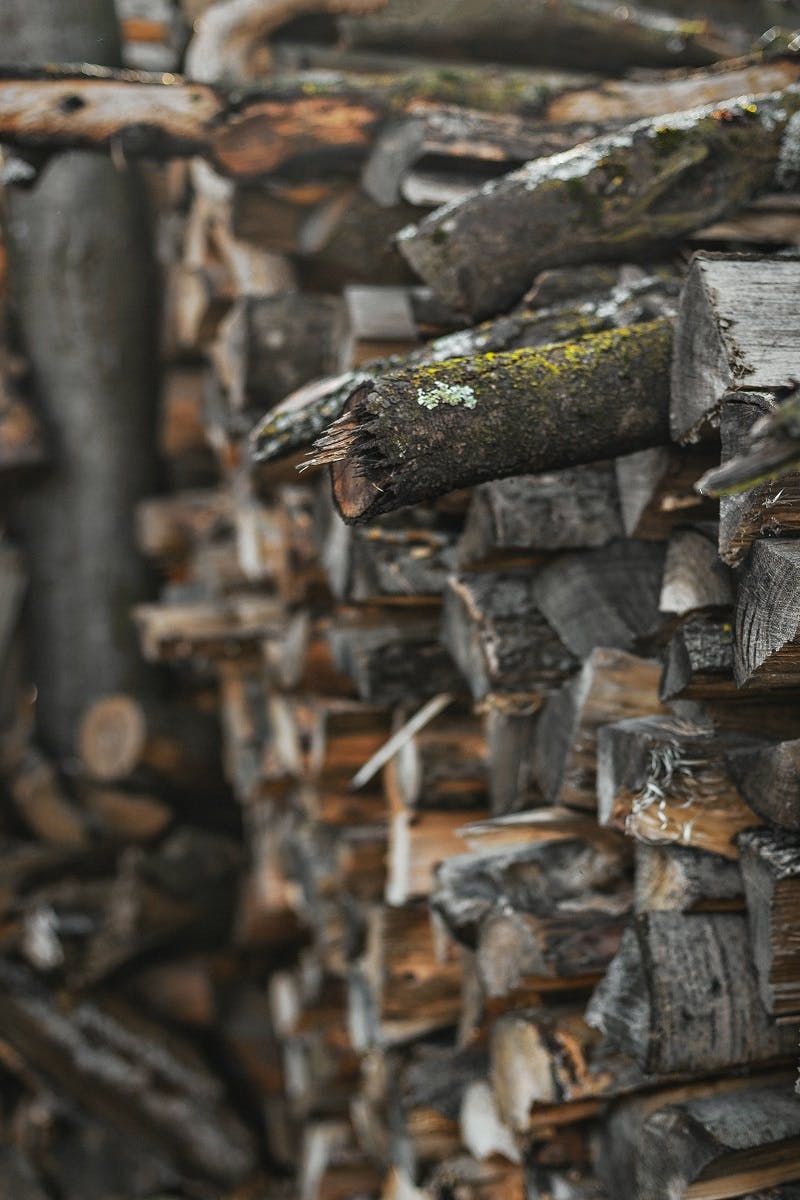
7. Create a Compost
If your outdoor space inhabits a diverse range of species and different layers that attract all sorts of wildlife, there should equally be an abundance of organic matter generated to feed the soil.
In case you want to become involved in this part of the process and want to reduce your landfill waste at home, the best thing you can do is to install a compost or worm farm.
Some things to know about composting:
- Soil needs carbon and nitrogen to establish a healthy balance,
- Carbon is everything ‘brown’ and provides energy for the microbes in the compost: leaves, branches, cardboard etc,
- Nitrogen is everything ‘green’ that has recently been growing and will provide moisture: grass clippings, animal manure, coffee grounds or food scraps,
- See a list of what can be composted here,
- Read more on composting and why it is important for your soil,
- See an overview on worm composting here.
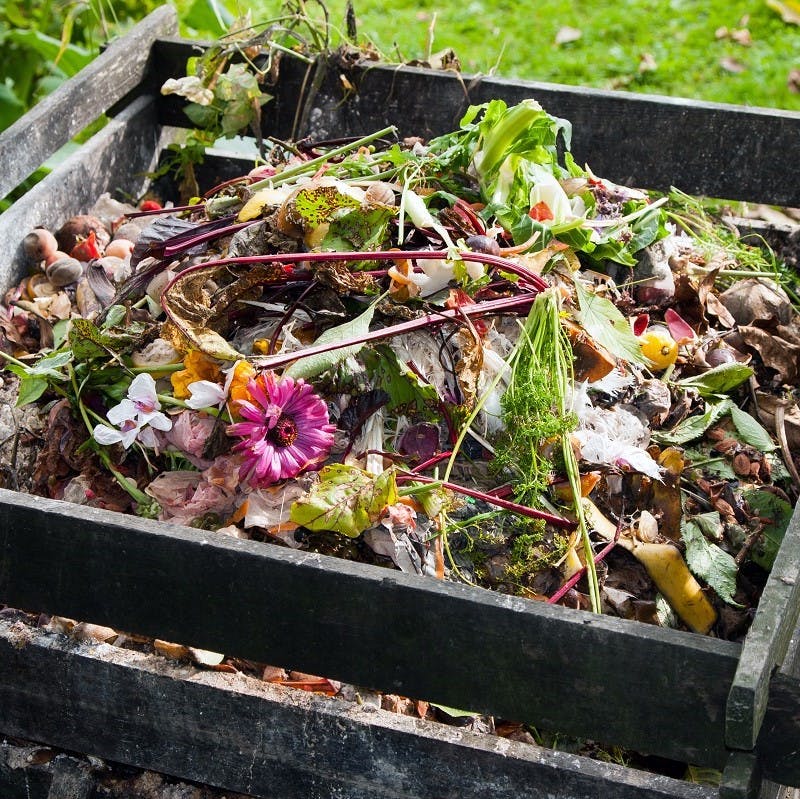
8. Set up Wildlife Corridors
The fences we build between our neighbours’ backyards also create barriers for wildlife to move around at will. Similarly, short grass, pathways and concreted areas are not safe for multi-legged visitors to move around, as they can be seen easily by their predators. As a result, they will avoid these spaces, and may or may not be lucky to find other places to go.
If you want to welcome all sorts of creatures into your home, plant hedges, leave pathways or little gaps to neighbouring properties and leave your grass tall, so small mammals like hedgehogs have access and can move around freely and safely.
Some extra tips for you:
- Create layers in your outdoor space,
- Leave your woodpiles over the winter and nesting season,
- Read more on wildlife corridors here.
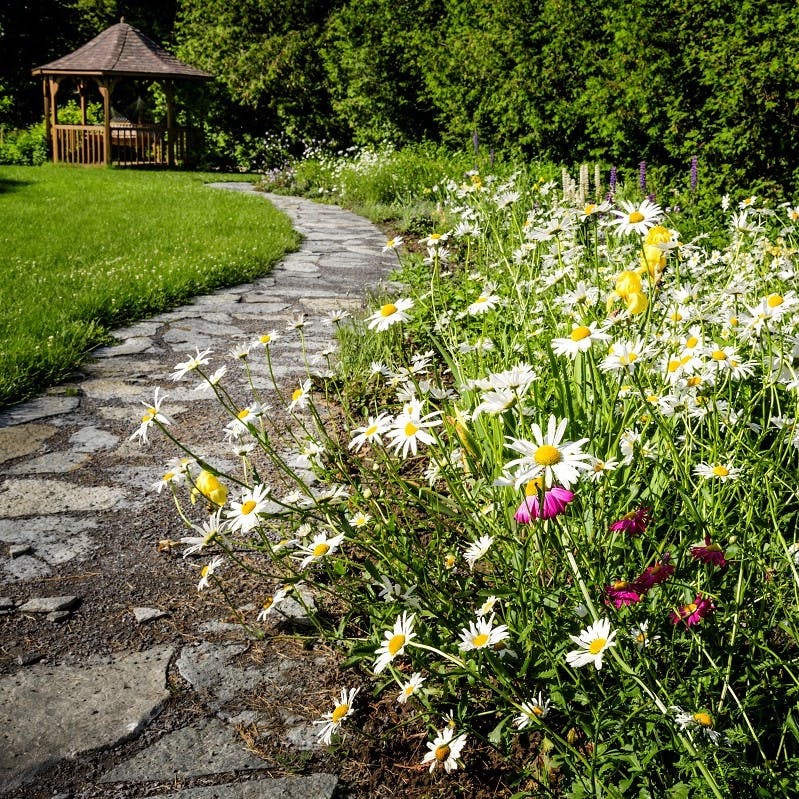
9. Install Feeders and Nest Boxes
Encourage birds into your garden with feeders, elevated water features (so they can only be accessed by birds and no four-legged predators like cats) and boxes to nest in.
Also consider planting fruit bearing trees to attract birds and squirrels.
Install a bug box where native insects can lay their eggs. If you’re in an area with hedgehogs, you could also install a hedgehog hut. You can buy these online, or even make your own – a great and fun way to engage kids into gardening as well!
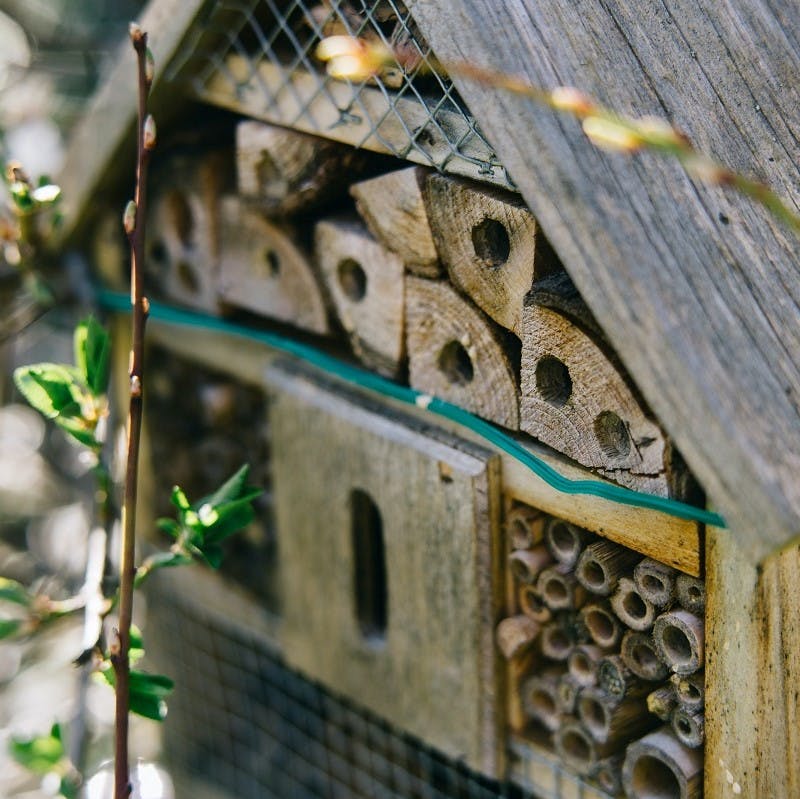
10. Build a Pond
If you have an area large enough, consider rewilding your garden with a water feature. A pond can provide habitat for a variety of amphibians and invertebrates. It’s also a source of water for small mammals and birds. Attracting such wildlife is a sign you're on the right path to rewilding your garden. You can start by creating your pond with as little as a bucket and a few aquatic plants.
When creating your pond, here are some things to consider:
- Keep one side of the pond flat for easy access for wildlife,
- Add a pump or certain types of plants that act as oxygenators,
- Do not plant invasive species, especially if waterflow could transport seeds downstream,
- When clearing algae or other plants and taking them out of the pond, leave them lying next to it for a few days at least. There are many little creatures that may have found their home in these plants, and you want to make sure they will find their way back into the pond before they are being moved away.
- Do not introduce fish into the pond, as they will eat the visiting wildlife.
- Plants and corridors can also help safe passage for wildlife to come and feed, nest and rest while moving around out of view from predators.
- There are many different types of ponds for different purposes, check here for more.
- If you are growing your own food, it is a good idea to do so near the pond. The creatures living in and around the water will love feasting on all the insects that would usually eat your food – such as slugs, aphids etc.
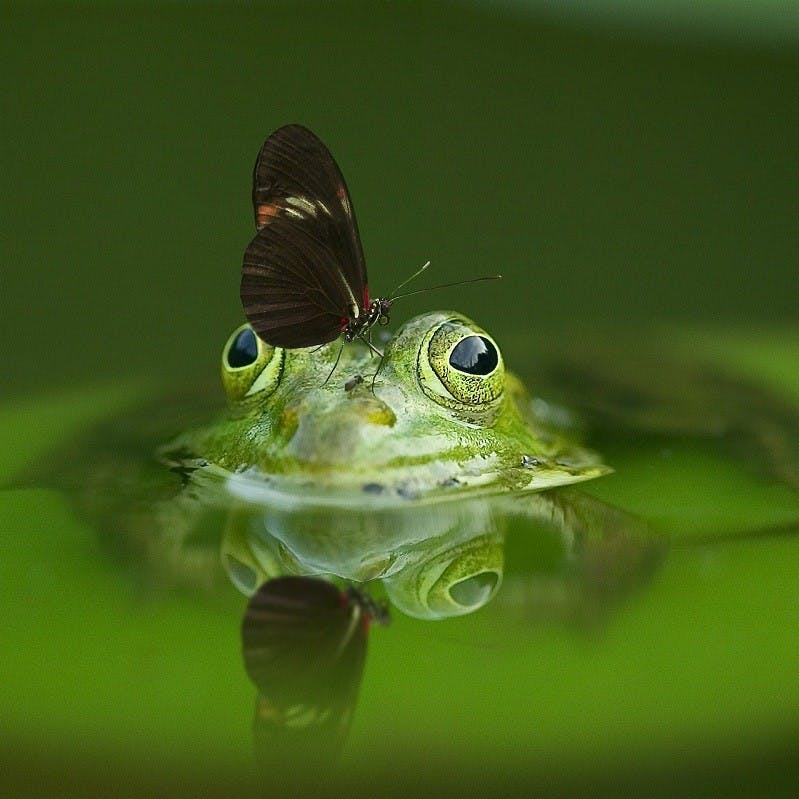
11. Reduce, Reuse, Recycle
Think sustainable when creating your outdoor area and use what is available to you:
- Collect rainwater to use in place of tap water,
- Install a compost or worm-farm to reduce your landfill,
- Use leaves, tree branches or grass clippings for mulching,
- Collect seeds or cuttings from your own or friends’ garden rather than buying plastic containers at the garden centre.
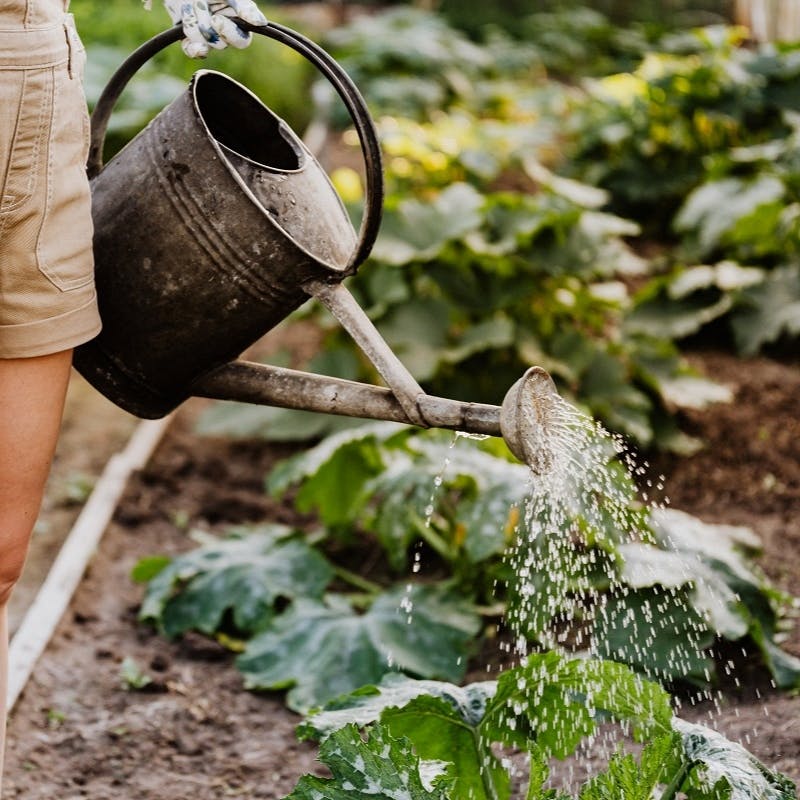
Conclusion
Every action of ours can have an impact on the natural world beyond our garden. We hope that our tips help you to not just minimise your negative impact on the planet, but foster your connection with nature.
You can be sure that you can benefit as much as the flora and fauna around you by this wonderful mutual relationship you will be creating with the beings around you!
Recommended Reading - ‘Rewild Your Garden’ by Frances Tophill
If you are looking for some additional reading in preparing for or assisting with your rewilding, then look no further than ‘Rewild your Garden’ by Frances Tophill. The British author and horticulturist provides lots of tips and information on understanding the ecosystem around you, bringing in wildlife and maintaining your outdoor space in her book released in 2020.
She discusses the different areas of a typical garden and offers her readers three different levels of rewilding: The traditional approach (how we have been doing things around our garden); the wildlife gardening approach (a mixture between us letting nature do her thing while helping her a bit along the way to speed things up), and the full rewilding approach (where we fully remove ourselves from the space and let time, sun, wind, rain and the wild find their own way).
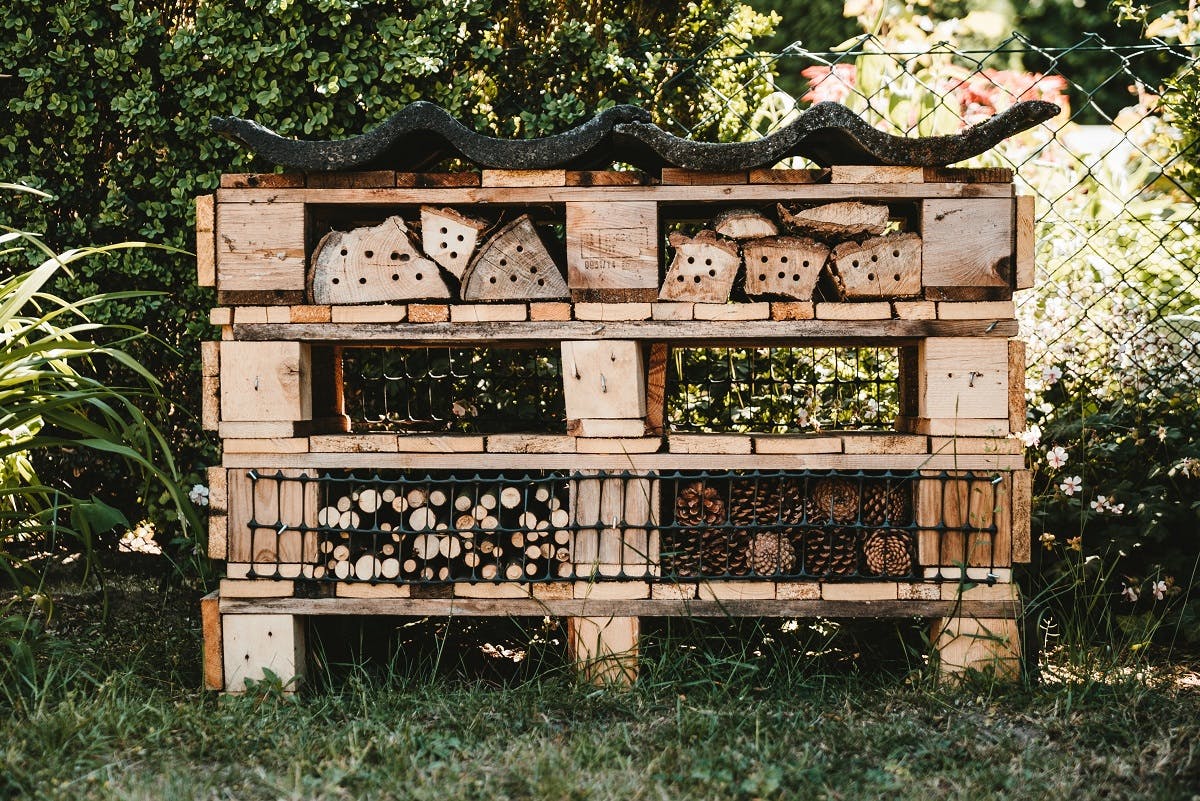
Why not buy a box of wildflowers to get you started
Our pursuit at Mossy Earth isn't only to rewild entire landscapes but also our own backyards! Paul Cox, our newest team member, who holds the fancy title of Chief Technology Officer comes with a strong rewilding game! His recent investment in a variety of wildflowers for his garden has inspired the rest of the Mossy Earth team to rewild their outside spaces.
"I had started some small vegetable patches in the garden, but I wasn't really making use of them, and so I thought nature could make more use of them than me! So I invested in a box of different wildflower plants that will attract more wildlife to my garden and help support our important pollinators. I've also been leaving the garden to grow a bit, to see what comes through naturally." Paul Cox.
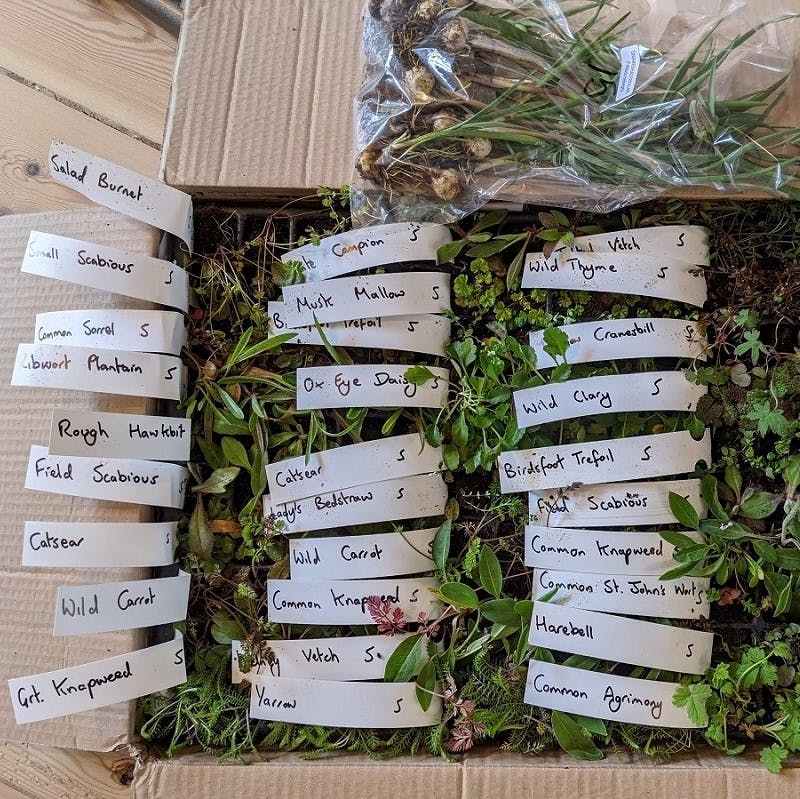
Glossary of terms
Ecological Value: From a given area, these values are determined to what the area benefits humans or animals. It is what the natural spaces provide and how we prosper from them. These values could include, clean air, clean water and good soil.
Invasive Species: Any foreign species of plant or animal that do not naturally occur in the ecosystem. Most often transferred by humans who release them unknowingly into an ecosystem they were not meant to be in and can cause ecological chaos.
Native Plants: Plant species that evolved and naturally adapted to an ecosystem. They are what many native animal species rely on for food as well as most suited for the local soil.
Pollinators: Any animal species that carry pollen from one plant, to another, thus transferring the male gamete, to the female plant, ensuring fertilization. Bees are most commonly associated with being pollinators however they are also, moths, flies, beetles, birds and over 1,500 vertebrate species.
Wildlife Corridors: The construction of safe passageways for animals to cross without being endangered by human activity. They are essential at providing a safe passage for animals who are migrating as well as to ensure wildlife populations can move freely between habitats without harm.
Sources & further reading

- “How to rewild your garden: ditch chemicals and decorate the concrete” - The Guardian
- “Bee friendly plants for every season” - Friends of the Earth
